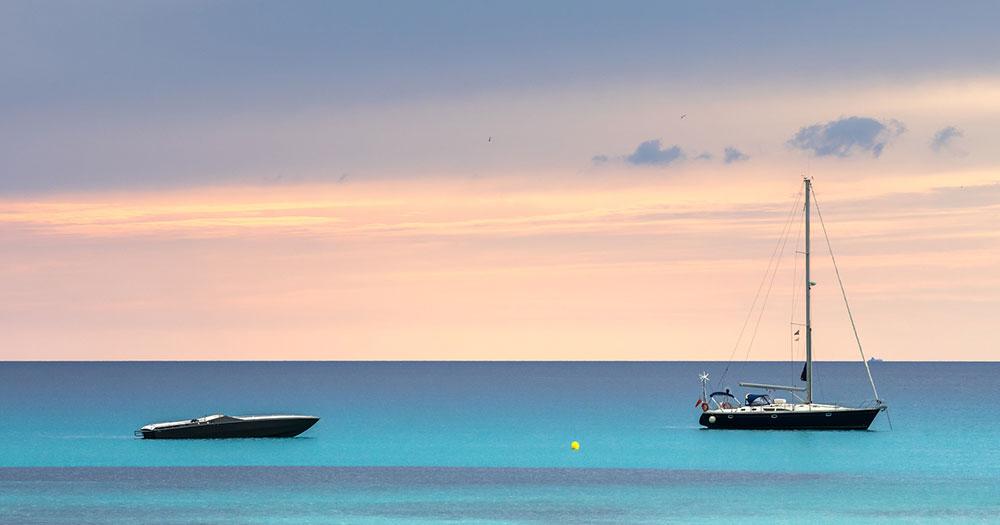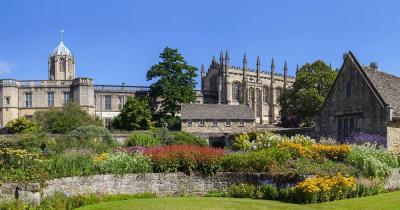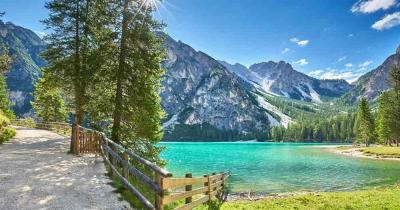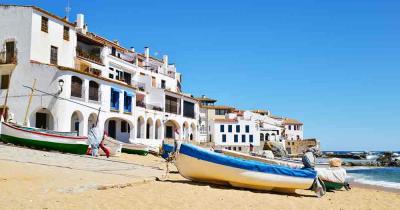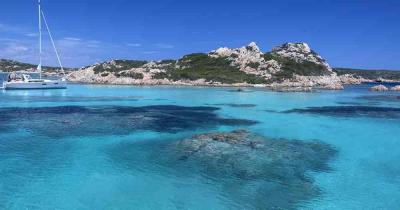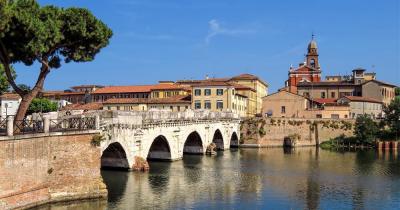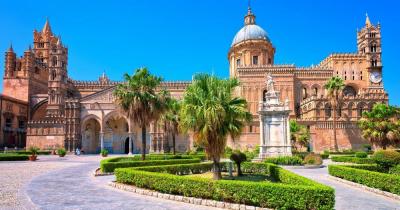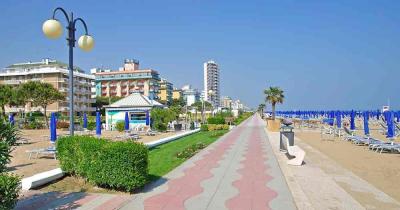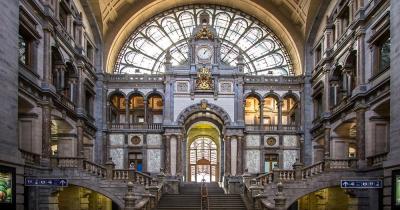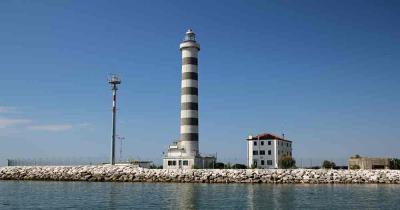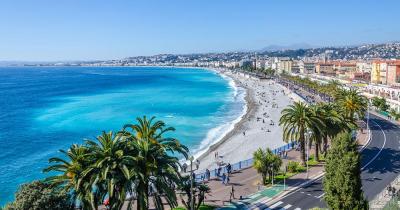Formentera
The second smallest island of the Balearic Islands
Categories: Mediterranean region Formentera Balearic Islands Spain
The Spanish island of Formentera lies 9 kilometres south of Ibiza. From here, the second smallest island of the Balearic Islands can be reached in a half-hour ferry crossing. It is possible that the longer journey has meant that the 82 square kilometre island has been largely spared by mass tourism. It is only since the 1980s that Formentera has become a permanent fixture in the package tour market. Before that it was long considered an insider tip for dropouts. Today, even in the high season, holidaymakers find a quiet place in the bathing paradise, which is characterised by fantastic beaches in idyllic bays. Since there are no party nights on Formentera, the Mediterranean island has been able to retain its original charm.
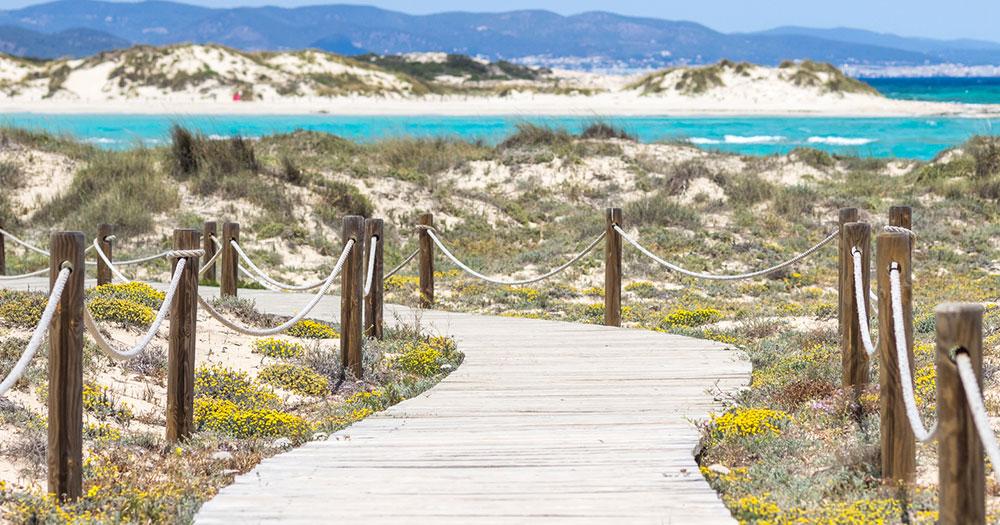 © stbaus7 / Fotolia
© stbaus7 / Fotolia
If you do not want to explore the destination by rental car or scooter, you can take a bicycle to Formentera. Interesting routes lead on the flat island through vineyards, forests or dunes. The mild climate has average annual temperatures of around 17 degrees. The Mediterranean vegetation on Formentera is particularly attractive, especially in spring. Neptune grass meadows surround the coast. As a natural filter system, they ensure that the island can benefit from the clear water. One of the most beautiful beaches in the world is the Playa de Ses Illetes in the Formentera Natural Park. No wonder, as this beach is also popular with day visitors to Ibiza.
Es Pujols on the north-east coast of Formentera is considered the tourist centre. Along the 2 kilometre long promenade with palm trees there are numerous restaurants and bars, as well as two discotheques. In winter the resort is almost deserted. In the summer months, buses regularly connect the towns with each other from here. The island capital is called Sant Francesc de Formentera or short San Francisco. It is located in the north as a centre for administration and culture. Many shops around the market place with the town hall invite to a shopping spree. In Sant Francesc de Formentera there is only one roundabout. Otherwise, the Balearic Island gets along without any traffic lights.
The main port of Formentera is La Savina, where the ferries to and from Ibiza arrive or depart. With the beginning of tourism in the 70s the population experienced a strong growth. Since then, the number of inhabitants has tripled due to immigrants. At the turn of the millennium, Formentera recorded the highest increase, especially from Germany. So it is not surprising that there is a German baker in the tourist centre El Pujols. Formentera was already inhabited in prehistoric times, as archaeological findings in Dolmen Ca na Costa or the megalithic structures at Cap de Barbaria - the southernmost tip of the island - impressively show.
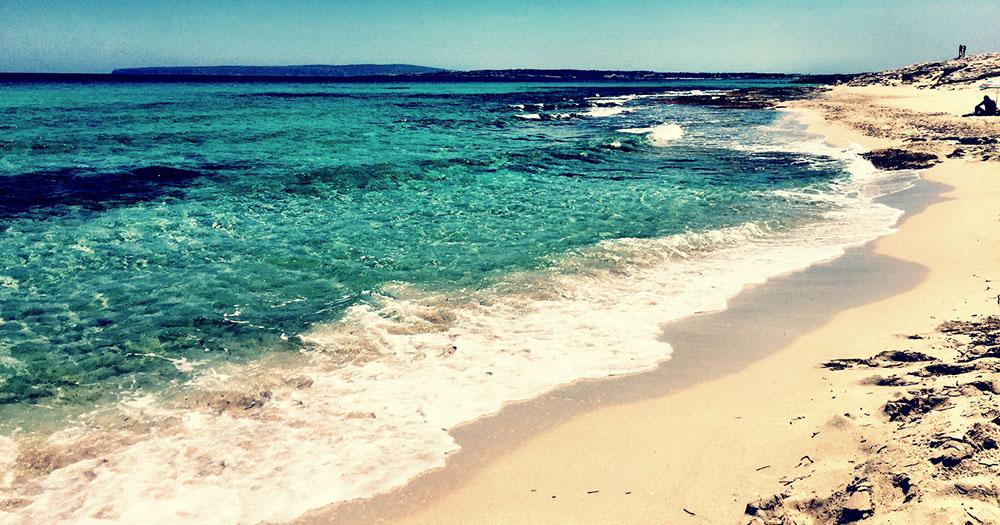 © DavidArts / Fotolia
© DavidArts / Fotolia
The capital of the island provides a hospital, pharmacy and post office. Stamps are also available in tobacco shops on Formentera. The sign "Regular Bus" points out a public transport. The fare must be paid to the driver. On Formentera, passengers may stop the bus outside of a bus stop. Flags of different colours are raised on the beaches. The green flag means that swimming is allowed. The colour yellow stands for dangerous. When the red flag is flying, swimming is forbidden in the Mediterranean. Playa Sa Roqueta and Playa Es Arenals are awarded by the EU for cleanliness and safety. Formentera celebrates its most important festival on 25 July in honour of its patron saint, Sant Jaume.
